Among the most systemically damaging contractual breaches are non-performing loans (the “NPLs“). They affect the economy by distorting the allocation of credit and worsening market confidence, which ultimately slows economic growth.¹
According to data provided by the National Bank of Ukraine (the “NBU“), the share of NPLs in the Ukrainian banking system is 48,9%², which amounts to 562 809 mln UAH (about USD 15 bln) of impaired financial resources.³
Key Issues:
- Peculiarities of the Ukrainian NPL market
- Regulatory framework for the purchase of NPLs
- Recommendations for investors
The secondary market of NPLs is an important mechanism for maintaining the health of the banking system as a whole. If NPLs remain on the balance sheet of banks that do not have the know-how or resources to restructure or collect defaulted loans, the underlying asset base of debtors can irreparably deteriorate.
Furthermore, the Ukrainian NPL market has been a source of high returns for a number investors and recent regulatory changes have increased the breadth of the market, finally allowing state banks to clean up their balance sheets.
1. Peculiarities of the Ukrainian NPL market
Ukraine has a large NPL market that emerged because of expansionary credit policy at a time when borrowers solvency assessment standards were low and lenders’ rights were insufficiently protected. The volume of NPL volume increased dramatically in 2008 and during 2015-2017 due to:
- devaluation of the national currency;
- economic contraction;
- occupation of part of Ukraine’s territory;
- withdrawal of insolvent banks from the market and Privatbank nationalization;
- implementation of the new regulatory approach to determine NPLs etc.
Such events resulted in the state becoming the owner of about half of all banking system assets, 62% of the population’s deposits, and four out of the 10 top banks. The situation started improving after the introduction of certain regulatory changes allowing the sale of NPLs through an independent electronic auction system – ProZorro.Sale.⁴
According to the NBU’s definition, an NPL is classified as such if overdue payments exceed 90 days (30 days for debtor banks) or the debtor is unable to fulfill its obligations without the use of collateral.⁵ This definition complies with the International Monetary Fund’s recommendations regarding the treatment of NPLs.⁶
The NBU’s “Strategy of Ukrainian Financial Sector Development”⁷ aims to reduce the level of NPLs in Ukraine to 10% by 2025⁸. Hence, the Ukrainian Government is particularly interested in developing a favorable legal and regulatory framework for attracting investment into the NPL market.
"The NBU’s “Strategy of Ukrainian Financial Sector Development” aims to reduce the level of NPLs in Ukraine to 10% by 2025. Hence, the Ukrainian Government is particularly interested in developing a favorable legal and regulatory framework for attracting investment into the NPL market."
2. Regulatory framework for the purchase of NPLs
Quite often NPLs are a burden on balance sheets that jeopardize a banks’ solvency and credit rating. One of the most effective ways for banks to efficiently resolve NPLs and gain extra liquidity is to sell the demand rights to defaulted loans to specialist third parties. In the right circumstances this allows banks to clear up their balance sheets and limit the deterioration of asset quality.
According to paragraph 13 of the NBU Board Resolution “On Approval of the Regulation on Organizing Troubled Assets Management in Ukrainian Banks” dated 18 July 2019 No. 97, banks’ approved strategies for managing distressed assets should envisage the reduction of the level and quantum of their NPLs to achieve the optimal balance between the time spent and the revenues gained from debt repayment / assets sales.
The Deposit Guarantee Fund of Ukraine (the “DGF“) administers sale of liquidated banks assets through the electronic auction system ProZorro.Sale. Such auctions are carried out based on agreements between the auction organizer and the DGF. To participate in an auction, the potential buyer must put a guarantee deposit on the organizer’s account and/or provide an electronic bank guarantee. If an auction is successfully conducted and there is a winner, the bank will have to concluded a respective Sale and Purchase agreement within 20 (twenty) business days from the date when the auction protocol was issued.⁸
Pursuant to the Regulation on the Organization of the Sale of Assets of Liquidated Banks dated 24 March 2016⁹, banks can also sell distressed assets in pools. If an NPL or distressed asset goes to auction more than once due to a lack of bids the starting price of subsequent auctions should be lowered by 10 percent from the previous initial price, and the total discount should at no pint exceed 80 percent of par value.
On 15 April 2020 the Cabinet of Ministers of Ukraine (the “CMU“) adopted the Resolution “On Approval of the Criteria and Conditions for Determining Measures for NPL Management by Banks in which the State Owns 75 Percent or More of the Share Capital” dated 15 April 2020 No. 281 (the “Guidelines“)¹°. Among other things, the Guidelines established the procedure for the discounted sale of NPLs by state-owned banks. Until now, state-owned banks were reluctant to sell NPLs with discounts (i.e., below par value), arguing that in the absence of clear guidance from the government a discounted sale might result in criminal proceedings against the banks’ governing bodies for mismanagement of state funds.
The Guidelines provide for the following specifics of the sale of NPLs:
- Loans must be sold through a public auction using the Dutch auction model, where the price of an NPL portfolio is gradually lowered until a bid is made;
- Loans cannot be sold to the borrower, its ultimate beneficial owner, pledgor, guarantor, or other related parties;
The starting price of the loan will be its gross book value. If an NPL is not be purchased over the course of 2 auctions the state-owned bank will be authorized to re-estimate the loan’s value and set the starting price for the third or any subsequent auction lower than the par value.
"Pursuant to the Regulation on the Organization of the Sale of Assets of Liquidated Banks dated 24 March 2016, banks can also sell distressed assets in pools."
The adoption of the Guidelines signals significant progress in addressing inefficiencies in the Ukrainian NPL market. We trust that the Guidelines should facilitate active sales of NPLs by state-owned banks. Another remarkable regulatory change for investors is a prohibition on the registration of residence in mortgaged housing that will remove obstacles to foreclosure on mortgaged property.¹¹
Previously, the recovery of loans secured by a mortgage was significantly hampered by the requirement to obtain permission from the authorities (guardianship and custody authorities) to foreclose on mortgages over properties in which children under the age of 18 reside. This was often used as a tactical defense by the borrowers.
"When conducting asset due diligence or analyzing the perspectives of purchasing NPLs, an investor should carefully consider all possible legal risks."
3. Recommendations for investors
Although NPLs are extremely risky investments, purchasing Ukrainian NPL is becoming progressively more attractive for a number of reasons:
- the market is large and diversified – 54,1 % of all corporate loans and 35,3% of all consumer loans are non-performing;
- low competition;
- dislocation – many banks do not have the financial resources to implement effective recovery strategies;
- transparent disposal of NPLs – foreign investors may enter the Ukrainian NPL market by purchasing assets at auction through a locally incorporated special purpose vehicle (SPV); and
- possibility of out-of-court collection of mortgages, pledges and continued systemic improvements in respect of creditor rights. For more details please see our legal overview of the Draft Law “On Amending Laws of Ukraine for Improving Certain Mechanisms of Banking Activity Regulation” No. 3260 / 2571-д via the link.
Given the risks involved in purchasing of NPLs in Ukraine, the following precautionary and protective measures are strongly advised:
- Pre-acquisition legal due diligence (assessment of pending litigations, UBOs’ background check, criminal, property and litigation records check, valid mortgages, pledges, personal guarantees, covenants under international law etc.);
- Comprehensive support during acquisition and asset cleansing processes (during and upon the auction, asset re-registration etc.);
- Asset management advisory and enforcement strategy (judicial and out-of-court procedures).
When conducting asset due diligence or analyzing the perspectives of purchasing NPLs, an investor should carefully consider all possible legal risks. Hillmont Partners as your legal counsel is ready to provide comprehensive legal support at all stages of purchasing and managing NPLs.
References:
² https://bank.gov.ua/admin_uploads/article/Banking_Sector_Review_2020-05.pdf?v=4
³ https://bank.gov.ua/en/stability/npl
⁴ https://kse.ua/wp-content/uploads/2019/05/NPL-KSE-04.22.2019.pdf
⁵ https://bank.gov.ua/admin_uploads/article/NPL%20presentation.pdf?v=4
⁶ https://www.imf.org/external/pubs/ft/bop/2005/05-29.pdf
⁷ https://www.kmu.gov.ua/news/regulyatori-finansovogo-rinku-zatverdili-strategiyu-rozvitku-finansovogo-sektoru-ukrayini-do-2025-roku
⁸ https://zakon.rada.gov.ua/laws/show/z0606-16
⁹ https://zakon.rada.gov.ua/laws/show/z0606-16
¹° Para. 6 https://zakon.rada.gov.ua/laws/show/281-2020-%D0%BF
¹¹ https://www.kmu.gov.ua/npas/pro-vnesennya-zmin-do-pravil-reyestraciyi-miscya-prozhivannya-i010620-431
Authors: Andrii Chornous, Senior Associate at Hillmont Partners, Kateryna Lazarchuk, Junior Associate at Hillmont Partners.





